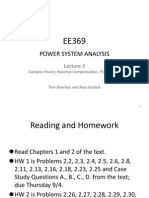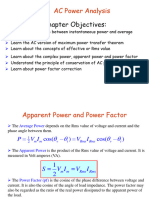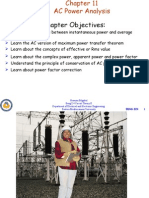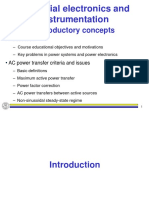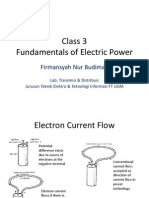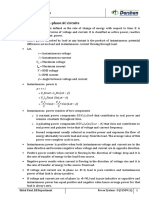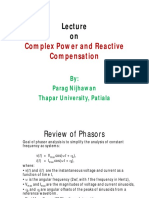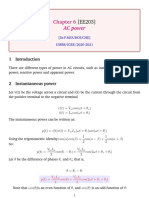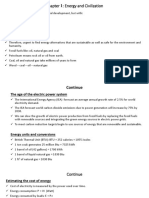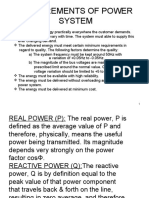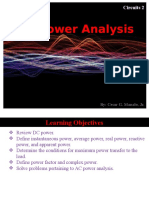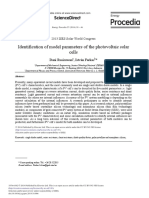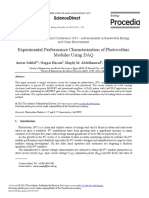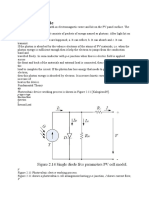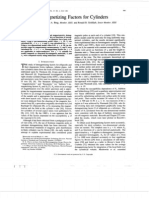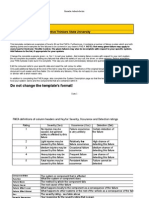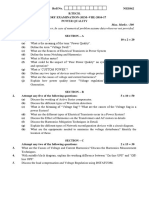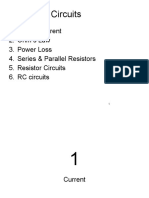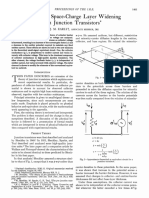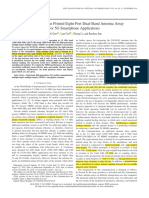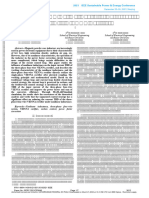0% found this document useful (0 votes)
91 views30 pagesLecture 02 - Chap 2 Basic Concepts
This document summarizes key concepts from Chapter 2 of a power systems analysis textbook. It discusses (1) the main components of modern electric power systems, (2) why alternating current (AC) is used over direct current (DC), (3) why a sinusoidal waveform and frequencies of 50-60 Hz are used, (3) power calculations in single-phase AC circuits including active power (P), reactive power (Q), apparent power (S), and power factor, and (4) conservation of power in electric networks. Worked examples are provided to illustrate relationships between real, reactive and complex power.
Uploaded by
Habes NoraCopyright
© © All Rights Reserved
We take content rights seriously. If you suspect this is your content, claim it here.
Available Formats
Download as PDF, TXT or read online on Scribd
0% found this document useful (0 votes)
91 views30 pagesLecture 02 - Chap 2 Basic Concepts
This document summarizes key concepts from Chapter 2 of a power systems analysis textbook. It discusses (1) the main components of modern electric power systems, (2) why alternating current (AC) is used over direct current (DC), (3) why a sinusoidal waveform and frequencies of 50-60 Hz are used, (3) power calculations in single-phase AC circuits including active power (P), reactive power (Q), apparent power (S), and power factor, and (4) conservation of power in electric networks. Worked examples are provided to illustrate relationships between real, reactive and complex power.
Uploaded by
Habes NoraCopyright
© © All Rights Reserved
We take content rights seriously. If you suspect this is your content, claim it here.
Available Formats
Download as PDF, TXT or read online on Scribd
/ 30


